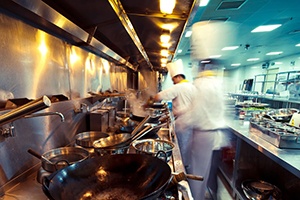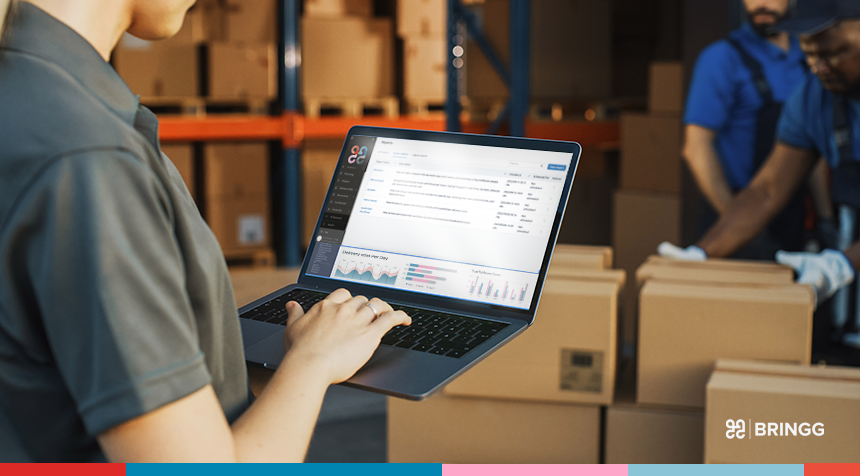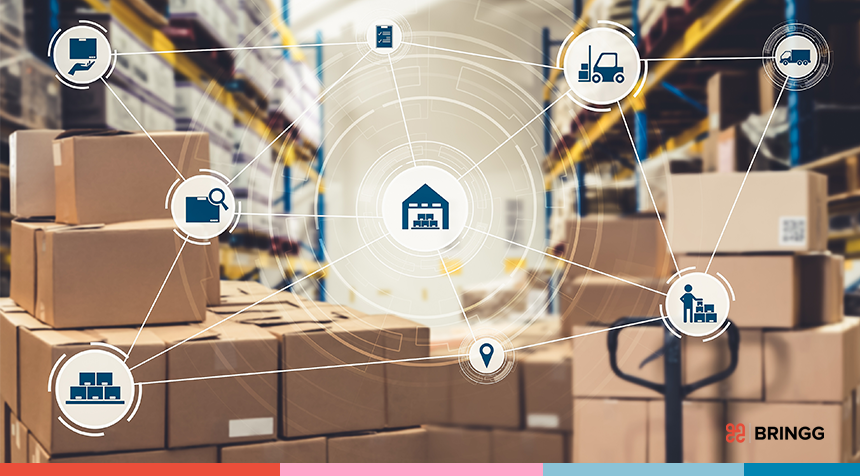There are several essential questions that every restaurant chain needs to ask before starting their delivery operations to determine whether they can successfully handle deliveries. Does the food you sell travel well? Is it the type of food that people would order for takeout? Is there demand from your existing customers? Is your competition offering deliveries? Are you in a market with enough density to make deliveries an economically viable proposition?
My first recommendation is always to test for customer demand, starting on a very small scale. This is the quickest way to understand the viability of the delivery operation before making any grand plans for a delivery strategy. Start with a single store or a single region and enlist a third-party delivery partner on a trial basis. Promote delivery to customers in the area. Try different options to see which levers positively impact your delivery volume. Test different promotions and discounts to see their influence on your kitchen operations and your staff. Observe. Improve. It’s amazing what you will learn in a short amount of time.
Starting a restaurant delivery operation isn’t a simple feat, but it can bring a whole new level of success to your restaurant chain – a completely new revenue stream which serves new customers and delights existing ones. However, some big strategic and tactical questions arise when taking on this challenge. Based on my experience working with some of the biggest restaurant chains across the US at this pivotal time in their business operations, here are five of the most common challenges they face when it comes building and scaling their delivery operations.
1. What’s the best way manage in-store delivery processes?
The key issue to remember is that even with the best technology in place, you always need a human being who is responsible for managing the delivery operations. This person should oversee what happens in the kitchen and with the drivers. It is crucial that someone makes sure the food is ready when a driver comes to pick it up. Companies with their own fleet have to decide if their drivers can do other tasks when they’re not driving, such as arranging orders. Managing exceptions is also crucial for this role as someone needs to be available to resolve the situation when/if something does go wrong (for example, if a driver can’t find a customer or gets a flat tire).
2. What’s the most efficient way to roll out delivery services across an entire restaurant chain?
It may seem like a daunting process so it’s really important to get the basics nailed first. As I suggested, start small and learn fast. But once you do make the decision to expand and roll out delivery in multiple locations, there are many complexities to consider. You need to be mindful of the fact that different markets may have different densities, different needs and different costs. At the end of the day, like any strategy, delivery has to make financial sense, especially when it comes to franchisees since they ultimately have to fund the initiative. So remain flexible and expand market by market. It’s extremely likely that you’ll be able to justify self delivery in certain markets while working with delivery services and aggregators in other markets, and combine the two options in yet another subset of markets.
3. Does it make sense to use multiple external fleets?
I highly encourage this. For one, you almost have to work with multiple vendors if you want to rollout nationwide delivery and get full coverage of your entire footprint. Second, it’s wise not to put all of your eggs in one basket. If delivery is a meaningful part of your revenue, you can really put yourself in a bad situation if your sole provider wants to renegotiate rates or they go out of business or decide to change strategy. Look at what happened to Walmart and others when UberRush suddenly decided to shut down their operations.
4. How should the communication flow work between the restaurant staff, kitchen and drivers?
There’s usually very little communication between the different parties, which makes it hard to address operational issues or exceptions. Ultimately, this lack of communication has a negative impact on the customer experience. For example, what happens if drivers are halfway to their destination and realize they forgot the drinks? Immediate communication of exceptions is incredibly important. It is also essential for the kitchen to know where the drivers are in order to optimize food prep timing so that they can coordinate ‘just in time’ pick-up. This is an area where we’re seeing a lot of improvements in food quality which, again, has a significant impact on the customer experience. This transparency and visibility across the ecosystem is one the key functions in which Bringg’s platform adds enormous value to the entire operation.
5. What key issues need to be considered in order to make deliveries more efficient and optimize driver routes?
Batching orders is the single most effective way to optimize driver time. Sending drivers to do one delivery at a time is just inefficient and has a real impact on the bottom line. Also, a seamless orchestration of communication, kitchen timing and driver movements is the only way to build a smooth and efficient operation. Another, more advanced solution is to pool drivers across several locations or brands so that they are more likely to be continuously active, and to reduce the number of ‘dry miles’ driven (i.e., trips back to a home location during which they aren’t carrying any food).
These are some of the main challenges and uncertainties that restaurant chains face when devising a delivery operation. However, the one piece of advice I give some of the leading restaurant brands when they ask about getting started is to not overthink it. Just do it, and get started today. Test deliveries with a small pilot before getting all the relevant stakeholders involved. Stop looking for reasons why it will not work. It can be risky to overthink it, and you could potentially talk yourself and everyone in your company out of a lucrative opportunity in order to avoid risks.
Bottom-line, make it happen on a small scale and stop listening to naysayers. Yes, it is complicated and you could spend quite a while figuring out how to roll out properly. There are many nuances that need to be figured out – but it is achievable. Many other restaurants who are no smarter than you have already figured this out. And ultimately, this is where the industry is heading – and fast – and this is what customers expect. So think big, but start small.



